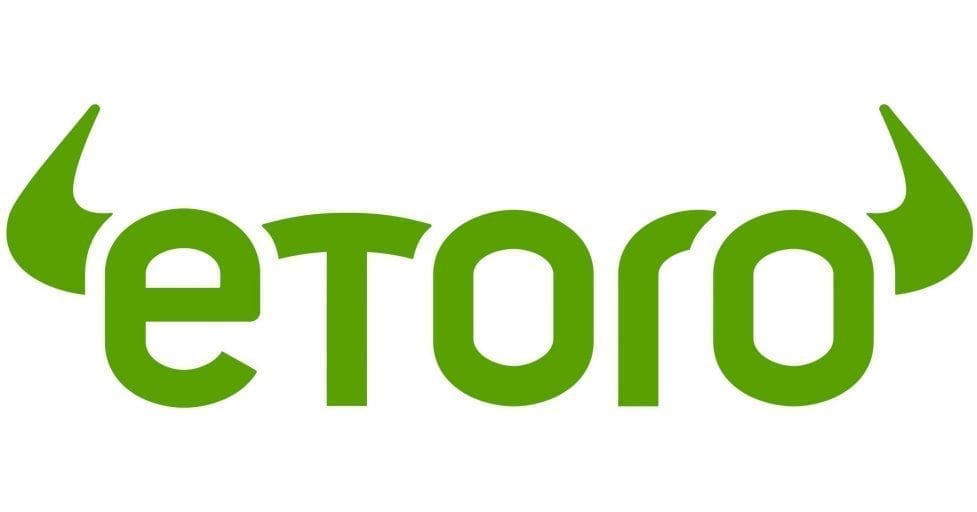Rights Issues – What They Are and How They Work
A Rights Issue – also known as a Rights Offering is one of several ways a company has raise capital needed for a variety of purposes. They are one form of capital raising under the umbrella of Equity Financing.

What is a Rights Issue?
Equity Financing raises money for a company by issuing new shares for sale. Companies sometimes use a Rights Issue or Rights Offering to its current shareholders as opposed to a Public Offering to potential new shareholders. This financing method allows a publicly traded company to raise cash without resorting to adding debt via traditional and other forms of loans.
There are a variety of reasons for companies to raise Rights Issues.
Companies with plans to launch new products or expand into new markets frequently need more money than their current cash flow allows.
Top Australian Brokers
- Pepperstone - Trading education - Read our review
- IC Markets - Experienced and highly regulated - Read our review
- eToro - Social and copy trading platform - Read our review
Companies with cyclical earnings may need cash to finance existing operations.
Companies may be looking to pay down debt to strengthen their balance sheet.
Debt restructuring can improve a company’s financial health.
How Do Rights Issues Work?
When a company announces a Rights Issue, existing shareholders are informed they will be issued “rights” to purchase additional shares in the company. Investors are not obligated to exercise their rights by buying new shares. If they elect to exercise their rights, they must do so before the closing date specified in the announcement.
The number of rights each investor receives depends on the number of shares they hold. In a “1 to 10” Rights Issue, each investor obtains one rights issue for every ten shares they own. A “1 to 5” Rights Issue grants one rights issue for every five shares the investor owns.
The Rights Issue comes at a discounted price compared to the market price at the time of the issue. Although investors may opt not to exercise their right to buy the allotted new shares at the discount, they can sell their rights on the open market, if the rights are classified as “Renounceable” Non-renounceable rights are not as common and leave the investor with only two options – exercise the right to buy or let the rights expire worthless. Companies prefer renounceable rights since they benefit investors without access to the capital needed to purchase the shares allowed in the issue from the sale price of the rights.
Investors can sell their rights either through a brokerage house or an online trading platform. Both will record the rights in your account or on the platform with a temporary ticker code to use for selling the rights to another investor.
The specified time frame for selling the rights is shorter than the time available to exercise the rights, and the price of the rights depends on market conditions, like stocks. Investors need to pay close attention to the rights sale procedures specific to their brokerage house or online trading platform.
The selling price of the rights depends on the difference between the market price at the time the rights are sold and the discounted price in the Rights Issue. The bigger the gap, the more value the rights have.
How Do Rights Issues Affect Share Prices?
Rights Issues are equity financing. Anytime a company raises money by issuing new shares, the number of total shares outstanding goes up, driving down the stock’s EPS (earnings per share) metric as the net income used in the numerator of the EPS formula remains the same while shares outstanding in the denominator goes up. The EPS drop coupled with the dilution of the value of existing holdings from the increase in total shares can lead to declines in the share price.
The percentage discount can also impact the share price, driving it lower if the discount is high enough to arouse investor suspicions the company is acting out of desperation.
The share price can also drop depending on how market participants view the company’s rationale for its decision to seek equity financing through a Rights Issue. In theory, the issue should be neutral in its impact, dependent primarily on the current health of the company and its growth potential from the use of the funds derived from the issue.
In reality, market sentiment often trumps the reality of the company’s health and growth potential as market participants see the issue not as a sign of strength, but as a sign of weakness. In some cases the company fails to make a strong case that the proposed new product launch, market expansion, acquisition, or re-investment in existing facilities and operations will lead to significantly increased revenue and profitability over time.
Rights Issues to address debt issues are sometimes seen as a sign of weakness in cases where the company has a history of repeated capital raisings and high debt levels. But for companies with a solid history of financial management and low debt, taking on debt to improve a balance sheet can actually be seen as a sign of strength. In addition, companies raising capital to eliminate high interest date seems a smart move.
Should You Take Up Your Rights?
Investors have three options:
- Exercise the right to buy additional shares
- Sell the rights to buy additional shares
- Do nothing, letting the rights expire.
The third option guarantees dilution, not a desirable outcome for most investors. Selling the rights can yield a healthy return if the issue is attractive enough to fetch a high price from interested investors. However, in the long term, selling the rights may be a missed opportunity for a higher return.
The first option represents both an opportunity and a risk. The risk is most obvious with companies extending Rights Issues out of desperation. Companies with questionable expansion plans in terms of the likelihood of achieving the outcomes desired may be worth the risk with a company that has an admirable historical performance record.
A company that can clearly detail how the capital raised will be used to increase shareholder value over time presents a balanced opportunity with reduced risk.
Companies that need additional capital for expansion plans or debt reduction can offer existing shareholders the right to purchase additional shares at a discounted price within a specified time frame, with no obligation to buy. In addition, shareholders have the option to sell those rights to other interested investors at whatever price the market will bear.
Equity forms of financing like Rights Issues increase the total number of shares outstanding, which often lead to a decline in share price as the new shares will dilute the value of existing shares. Allowing the rights to expire guarantees dilution, while selling the rights offers the possibility of positive returns based on the price at which the rights are sold. Exercise the right to buy can be a good option if the purpose the company states for raising money could increase shareholder value over time.





